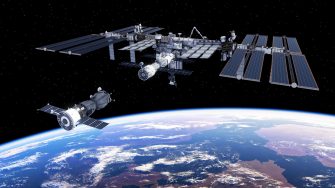The delicate art of moving rockets: new research has just made it easier
A new ranking of 5000 different substances, developed by a UNSW Canberra Space researcher, will help space agencies choose how best to move their rockets and satellites in space.


